Introduction to Underrated European Cities
Europe is renowned for its iconic cities, such as Paris, Rome, and London, which draw millions of tourists each year. However, there exists a hidden treasure trove of underrated cities waiting to be explored. These lesser-known destinations often offer a contrasting experience to popular tourist hotspots, characterized by fewer crowds, authentic local culture, and a sense of discovery that can enrich the travel experience. By venturing off the beaten path, travelers have the opportunity to engage with local communities, enjoy unique culinary delights, and immerse themselves in history that is often overshadowed by larger cities.
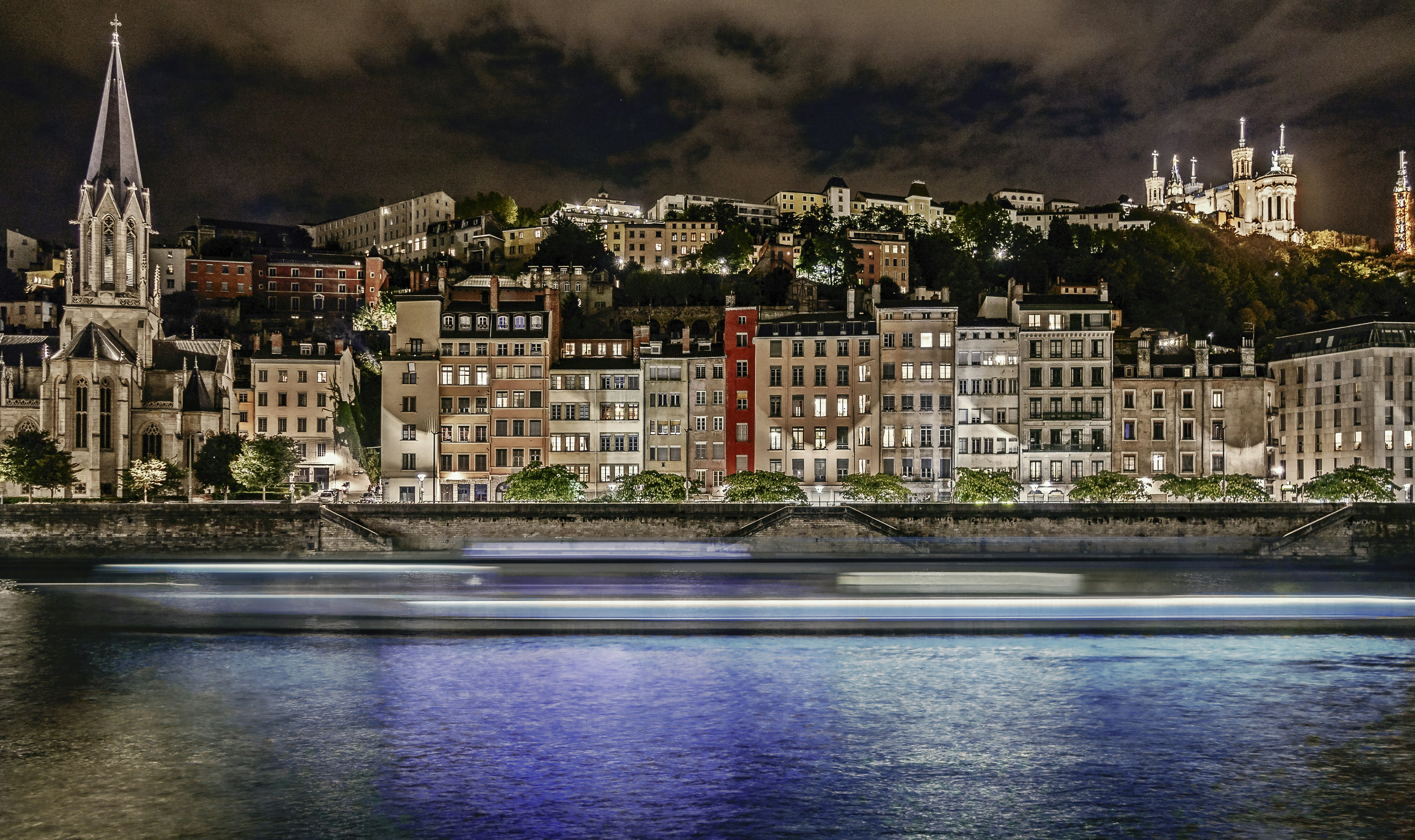
The charm of underrated cities lies in their ability to present a more genuine perspective of European life. Unlike bustling metropolises, these locales allow for leisurely exploration, where visitors can wander through quaint streets, visit family-owned shops, and converse with residents who are eager to share their traditions and stories. This immersion provides a more intimate understanding of the region’s heritage and daily life, often resulting in memorable encounters that leave a lasting impact on travelers.
Additionally, exploring these cities can lead to cost-effective travel experiences. With less tourist flow, visitors may find that accommodations, dining, and attractions are more reasonably priced compared to their more famous counterparts. Such factors make underrated cities an appealing choice for budget-conscious travelers seeking to maximize their experience without breaking the bank.
As we delve deeper into this blog post, it will become clear that underrated European cities are not just destinations, but vibrant communities with rich cultural narratives waiting to be explored. Each city has its own unique identity, offering an inviting atmosphere that encourages visitors to step out of their comfort zones and embrace the unknown. Embracing these hidden gems can lead to unexpected adventures and enhanced appreciation for the diverse tapestry of Europe beyond the well-trodden paths.
City 1: Porto, Portugal
Porto, the second-largest city in Portugal, is a captivating destination that is often overshadowed by its more famous counterparts like Lisbon. With its rich history and stunning architecture, Porto offers a unique blend of cultural experiences that draw travelers eager to explore its hidden gems. The city is renowned for its production of port wine, a fortified wine that has become synonymous with the region.
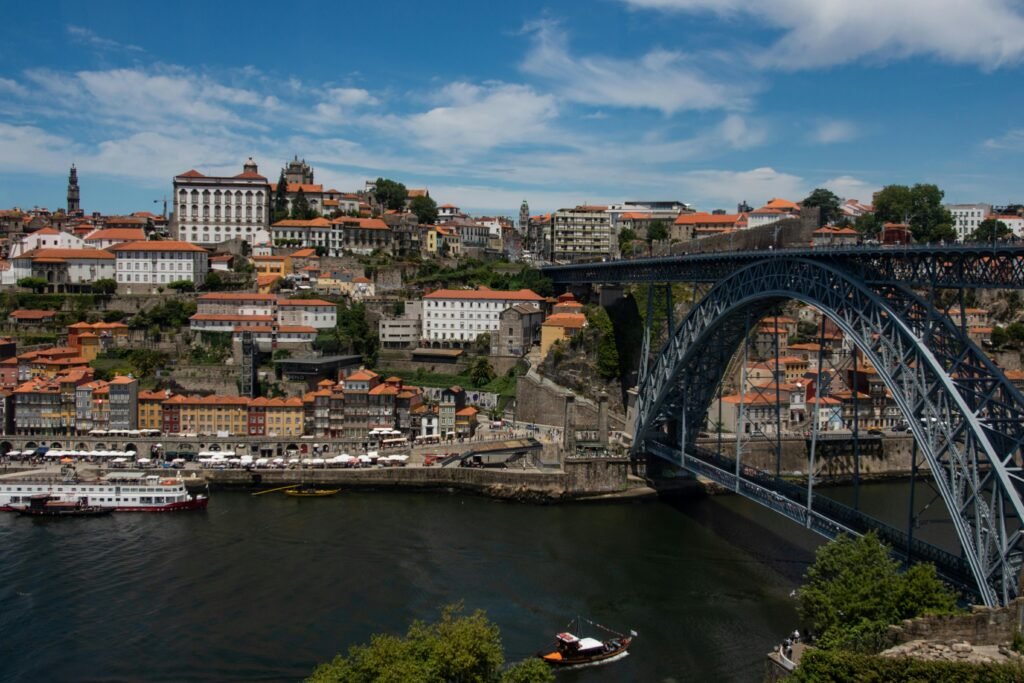
The historic center of Porto is a UNESCO World Heritage Site, showcasing a variety of architectural styles that reflect the city’s diverse past. Cobblestone streets wind through neighborhoods filled with colorful tiled buildings, quaint shops, and lively cafés. Notable architectural landmarks include the iconic Dom Luís I Bridge, which connects the riverside district of Ribeira to Vila Nova de Gaia, where many wine cellars are located. Visitors can enjoy the breathtaking views of the Douro River from this impressive structure.
The Ribeira district is a must-visit, offering not just picturesque riverside views but also a vibrant atmosphere filled with local restaurants and bars. Here, tourists can indulge in traditional Portuguese dishes such as bacalhau à Brás and regional desserts like pastéis de nata. For those who seek a more authentic experience, the neighborhood of Miragaia presents narrow streets lined with historic buildings and local artisans, reflecting the city’s charm away from the bustling tourist paths.
In addition to its stunning sights, Porto is rich in cultural traditions. Events like São João Festival in June light up the city with fireworks and unique customs, drawing both locals and visitors into a lively celebration of life. Furthermore, the emphasis on food, wine, and music contributes to Porto’s vibrant culture, encouraging travelers to delve deeper into the city beyond the typical tourist attractions. Its rich tapestry of experiences certainly warrants more attention on the European travel itinerary.
City 2: Ghent, Belgium
Ghent, located in the heart of Belgium, is an exceptional destination that often remains overshadowed by its more famous neighbors, Brussels and Bruges. This vibrant city is a true gem, imbued with rich history and striking medieval architecture. Among its most notable landmarks is the UNESCO World Heritage-listed Gravensteen castle, a formidable fortress that invites visitors to explore its impressive halls and learn about its intriguing past. The castle, dating back to the 12th century, is a stunning representation of Ghent’s historical significance, providing a glimpse into the city’s medieval splendor.
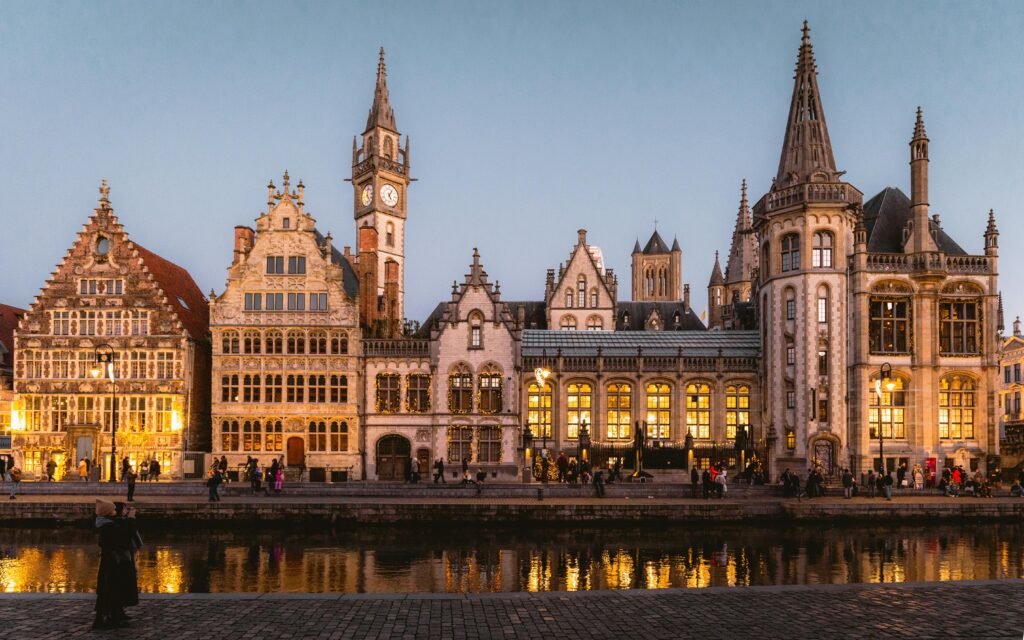
Beyond its architectural marvels, Ghent boasts a lively arts scene that adds to its allure. The city is known for its numerous galleries, theaters, and festivals that celebrate culture and creativity. Furthermore, Ghent is a hub for music and theater, offering a variety of performances throughout the year. The vibrant creative spirit is palpable, especially during the annual Gentse Feesten, a multi-day festival showcasing music, theater, and local cuisine that attracts visitors from around the world.
The city’s picturesque canals, lined with charming houses, create a stunning backdrop for leisurely strolls or boat tours. The peaceful waterways coupled with the unique blend of Gothic and Renaissance architecture provide an enchanting atmosphere perfect for exploration. Additionally, Ghent features a flourishing culinary scene, encompassing everything from traditional Belgian fare to modern gastronomy. Visitors can indulge in local specialties such as ‘stoverij’ (a hearty beef stew) and ‘gentse neuzekes’ (sweets unique to the city).
In essence, Ghent presents itself as a captivating city that is undeniably worthy of exploration. Its combination of historical charm, artistic vibrancy, and culinary excellence positions it as an appealing choice for travelers seeking an authentic European experience beyond the well-trodden tourist paths.
Lviv: A Cultural Hub of Ukraine
Lviv, nestled in the western region of Ukraine, is an often-overlooked gem that boasts an impressive blend of history, architecture, and vibrant culture. Known for its eclectic architectural styles ranging from Gothic to Baroque, the city reveals its rich heritage through well-preserved buildings and charming streets. Its historical center is a UNESCO World Heritage site, inviting visitors to wander through its picturesque squares and admire the unique facades that tell stories of the past.
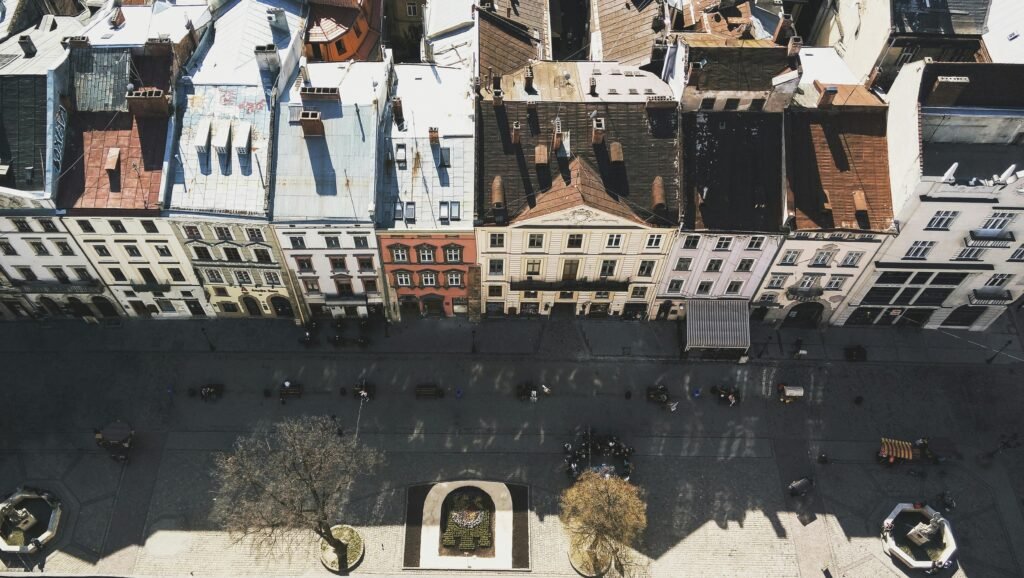
The coffee culture in Lviv is one of its most celebrated attributes, drawing coffee enthusiasts from around the globe. Cafés are dotted throughout the city, each offering a distinctive ambiance and menu that reflects the city’s artistic spirit. The aroma of freshly brewed coffee fills the air as patrons enjoy various blends, some crafted from locally sourced beans. A visit to Lviv would be incomplete without experiencing a leisurely afternoon at one of its many coffee houses, some of which are renowned for their historical significance and cozy interiors.
Complementing its coffee scene is Lviv’s diverse culinary landscape. The city offers a delightful fusion of traditional Ukrainian flavors and international cuisine, providing an array of dining options that cater to different tastes. From hearty borscht to savory pierogi, traditional dishes are served alongside modern interpretations by talented chefs. Food festivals showcase local ingredients and innovative cooking methods, further enhancing Lviv’s reputation as a gastronomic destination.
The vibrant arts scene in Lviv nurtures creativity, hosting numerous galleries, theaters, and performance spaces. Cultural festivals take place throughout the year, celebrating everything from literature to music, drawing both locals and tourists alike. This dynamic atmosphere, combined with the city’s warm hospitality, makes Lviv a must-visit destination for anyone seeking to immerse themselves in Ukraine’s rich cultural tapestry.
Novi Sad, Serbia
Novi Sad stands as the second-largest city in Serbia, often overlooked by travelers yet bursting with unique charm and vibrancy. Renowned for its notable music festivals, particularly the EXIT festival, Novi Sad attracts a young, lively crowd eager to experience its dynamic atmosphere. The city’s cultural identity is deeply intertwined with its music scene, making it a hotspot for visitors looking to immerse themselves in diverse musical genres following a vibrant nightlife.
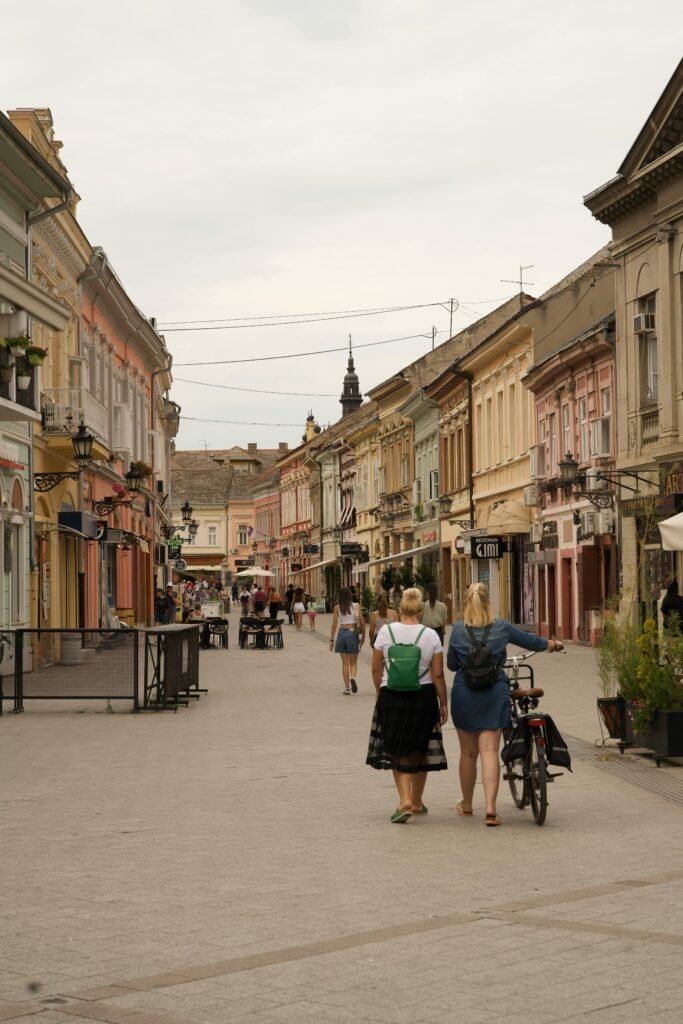
The iconic Petrovaradin Fortress, perched on the banks of the Danube River, serves as a magnificent backdrop for the city. This historical edifice not only offers spectacular views of the river and the surrounding area but also stands as a symbol of Novi Sad’s rich heritage. Inside the fortress, visitors can explore numerous cafes and galleries that highlight the contemporary artistic spirit of the city, creating a blend of history and modern creativity.
The charm of the Danube River further enhances Novi Sad’s appeal, providing opportunities for boating, riverside walks, and leisurely outdoor dining. The riverbanks are lined with charming restaurants where visitors can savor local cuisine, including traditional Serbian dishes. Culinary enthusiasts will find themselves drawn to the various markets and eateries that showcase the flavors of the region, allowing an authentic taste of the Serbian food scene.
Beyond its music and cuisine, Novi Sad boasts numerous cultural sights and activities. The city hosts a variety of museums, art galleries, and theaters, which reflect its artistic soul. Historical monuments and beautiful parks offer a tranquil atmosphere, encouraging exploration and relaxation alike. The warm and welcoming nature of the locals adds to the allure, making any visit to Novi Sad not just a chance to see a new place, but to connect with its community. This combination of music, culture, and hospitality makes Novi Sad an exciting yet underrated travel destination worth visiting.
City 5: Cork, Ireland
Cork, often overlooked in favor of more prominent Irish cities such as Dublin or Galway, is a vibrant destination that offers a unique blend of culture, history, and natural beauty. Nestled on the banks of the River Lee, this city boasts an array of attractions that make it a worthy stop for anyone traveling to Ireland. One of its most famous landmarks is the English Market, a historic covered market that has been operating since the 18th century. Here, visitors can explore the rich tapestry of local produce, artisanal foods, and delicacies that define the culinary landscape of Cork.
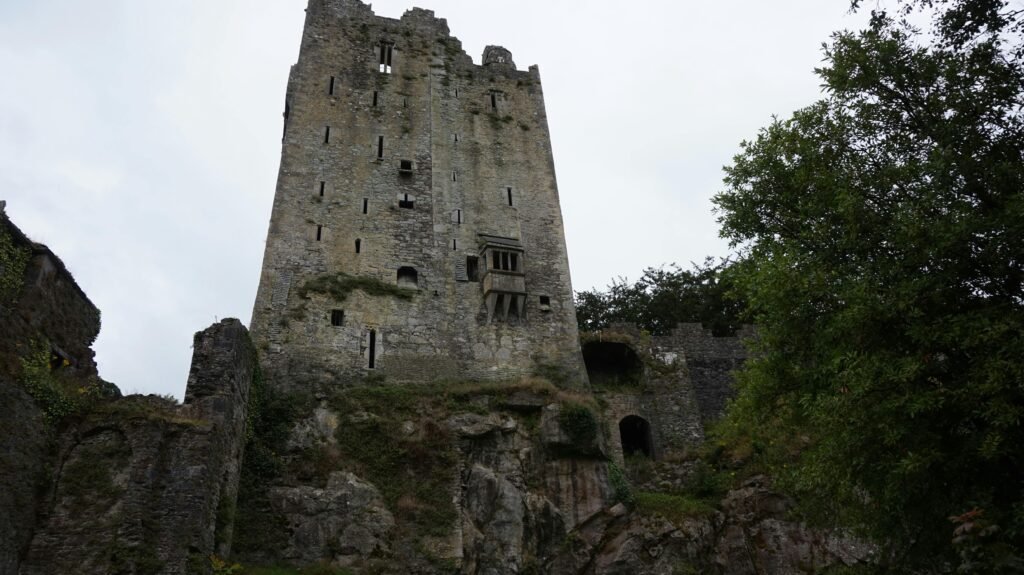
The city is also home to numerous historic sites, including St. Fin Barre’s Cathedral, which showcases stunning Gothic architecture and intricate stained-glass windows that capture the charm of Cork’s religious heritage. Other notable attractions include the Elizabeth Fort, which provides panoramic views of the city and a glimpse into its past. Additionally, the nearby coastline features beautiful scenic routes such as the Wild Atlantic Way, inviting travelers to engage in outdoor activities, enjoy breathtaking views, and explore hidden beaches.
Cork’s rich cultural heritage thrives through its numerous festivals and lively music scene. Throughout the year, visitors can partake in various events, including the Cork Jazz Festival and the Cork Midsummer Festival, which celebrate everything from local talent to international artists. The warm, welcoming atmosphere of Cork seamlessly complements its dynamic cultural offerings, making it an ideal destination for those seeking authentic Irish experiences. With its local culinary delights, vibrant arts scene, and friendly community, Cork stands as a testament to the charm and allure of Ireland, inviting travelers to discover its hidden treasures beyond popular tourist paths.
Why Visit Underrated Cities?
Traveling to underrated cities in Europe presents a unique opportunity to engage with destinations that often remain overlooked by mainstream tourism. These cities, often characterized by their rich local culture, vibrant communities, and historical significance, provide travelers with the chance to experience authentic interactions that are less likely to occur in well-trodden tourist spots. Visitors to these lesser-known locales frequently encounter warm and welcoming locals who are eager to share their traditions, crafts, and culinary delights, making for a more enriching travel experience.
Beyond the advantageous personal interactions, exploring underrated cities allows travelers to discover hidden gems that are often absent from standard itineraries. From quaint cafes tucked away in cobbled streets to magnificent architecture that tells untold stories, these cities present a wealth of experiences waiting to be uncovered. Every corner may reveal a unique viewpoint, an inspiring artwork, or a narrative of the past that would otherwise be ignored by those sticking to popular tourist destinations.
Moreover, visiting these lesser-known cities contributes to sustainable tourism by dispersing visitor traffic more evenly across Europe. This alleviates the strain on overloaded infrastructure in heavily visited areas, promoting a balanced flow of tourists that can benefit local economies without overwhelming them. By choosing to explore new destinations, travelers support local businesses and empower communities, fostering economic growth in places that truly need it. This approach not only enhances the traveler’s journey but also aligns with the values of responsible tourism.
In light of these factors, embracing underrated cities can transform one’s travel experience from mere sightseeing to a deeper understanding of diverse cultures, making it a worthwhile endeavor for any traveler seeking meaning in their journeys.
Tips for Traveling to Off-the-Beaten-Path Cities
Traveling to lesser-known cities can offer unique experiences that are often overshadowed by more famous destinations. To make the most of your journey, it is essential to invest time in researching local customs and cultural nuances. Understanding the etiquette, traditions, and even basic phrases in the local language can greatly enhance your interactions with residents and help you navigate social situations. Each city has its own charm, and being respectful can lead to authentic experiences and connections with the local community.
Another important tip is to familiarize yourself with public transportation options in your chosen destination. Many underrated cities have well-developed, cost-effective public transit systems that allow travelers to explore a wide array of attractions efficiently. Utilizing local buses, trams, or trains not only makes it easier to get around but also provides a glimpse into the daily lives of residents. This can be a significant advantage, particularly in cities where tourist services may be limited.
Being open to spontaneous adventures is also vital when visiting off-the-beaten-path locations. When you wander away from the typical tourist hotspots, you may discover hidden gems that are often overlooked in guidebooks. This could range from a quaint café or a local market to stunning street art. Allowing for flexibility in your itinerary can lead to unexpected and memorable experiences. Furthermore, it’s beneficial to connect with locals or fellow travelers to gather insider tips about the best places to eat, visit, and explore.
Lastly, make use of local resources such as tourist offices. Upon arrival, these offices are valuable for obtaining maps, brochures, and insights about current events and attractions. They can also provide recommendations that cater to your interests, ensuring a fulfilling trip. By preparing adequately and embracing the adventure that awaits, you can enjoy a rich experience in underrated European cities.
Conclusion: Embrace the Journey
Traveling to underrated cities is an enriching experience that allows individuals to immerse themselves in the unique culture, history, and authenticity of destinations that are often overshadowed by more popular tourist spots. These hidden gems offer an opportunity to discover local traditions, cuisines, and landscapes that reflect the true essence of each location. By venturing beyond the well-trodden paths of major metropolitan areas, travelers can encounter lesser-known attractions that provide deeper insights into regional identities.
Exploring underrated cities not only broadens one’s perspective but also contributes to sustainable tourism. When visitors choose to explore these lesser-known locales, they support local economies and help preserve cultural heritage. It fosters a connection with surrounding communities, leading to the creation of meaningful memories and shared experiences with residents. The magic of travel often lies in the unexpected moments found in places that are off the typical tourist radar, such as quaint cafes, local markets, and historical sites that tell unique stories.
As travelers seek inspiration for their next adventures, embracing the spirit of exploration in these underrated cities will undoubtedly enhance their journey. The invitation is extended for readers to share their own experiences, and suggest other underappreciated destinations that deserve recognition. By coming together as a community of explorers, we can continue to unveil the beauty of these hidden treasures. The allure of travel beckons, encouraging each individual to step outside their comfort zone and embark on unforgettable adventures in cities waiting to be rediscovered.
Resources and Further Reading
For travelers eager to explore the least frequented yet fascinating cities in Europe, there is a wealth of resources available to deepen your understanding and enhance your travel experience. Books and travel guides have long been invaluable tools for those seeking insights beyond the typical tourist attractions. Consider delving into titled works such as “The Rough Guide to European Cities,” which highlights hidden gems and underrated destinations, complete with practical tips and itineraries.
Additionally, websites such as Lonely Planet and Culture Trip provide comprehensive articles and travel advice focused on Europe’s less explored locales. These platforms regularly feature tips on local cuisine, cultural events, and unique experiences that are integral to the charm of these underrated cities. For active travelers, websites like Atlas Obscura can be particularly useful, showcasing off-the-beaten-path attractions that offer a different perspective of popular locales.
Social media platforms also serve as a modern resource for discovering overlooked cities, with hashtags such as #HiddenEurope, #UnderratedCities, and #TravelEurope providing rich visual content and personal narratives from fellow wanderers. Influential travel bloggers like Nomadic Matt or The Culture Trip also share personal experiences and recommendations that can be immensely helpful.
For those who prefer a more immersive approach, podcasts focused on travel can be beneficial. Programs such as “Amateur Traveler” allow you to explore interviews with locals and travel experts who provide valuable insights into lesser-known European destinations. Engaging with these materials not only enriches one’s planning but also fosters a greater appreciation for the cultural diversity and history that each city offers.
By utilizing these resources, travelers can ensure they gain a comprehensive understanding of the underrated cities they are eager to explore, ultimately enriching their travel experiences with a wealth of knowledge and inspiration.




Some truly nice and useful information on this internet site, also I believe the style and design has got fantastic features.